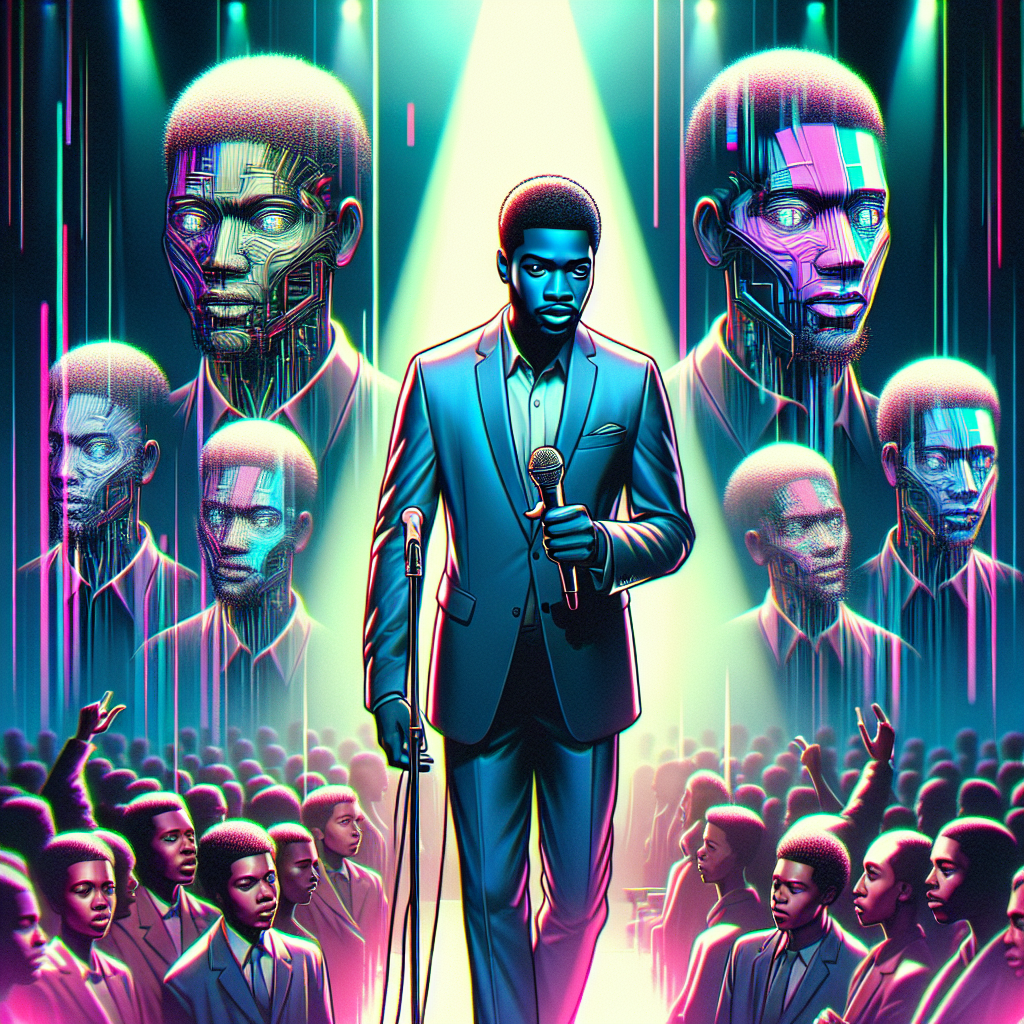In a recent and somewhat polarizing turn of events, Will Smith’s latest tour performance video has ignited an unexpectedly intense conversation across social media platforms. While concerts and live appearances from world-renowned actors and musicians generally dominate headlines for their entertainment value or artistic expression, this particular video has captured the public’s attention for an entirely different reason—questions about whether the material is authentic or digitally enhanced. In other words, the clip is not being examined in the context of Smith’s onstage presence or vocal delivery, but rather in terms of its underlying technological composition and the very methods by which it may have been produced.
Audiences online are sharply divided. On one side of the debate are those who assert that advanced artificial intelligence tools may have been involved, pointing out what they perceive as unnatural transitions, exaggerated crowd reactions, or visual glitches consistent with machine-generated imagery. Conversely, another group of viewers maintains that nothing particularly groundbreaking is occurring; instead, they argue the anomalies stem from clumsy or even deliberately stylized editing choices, possibly intended to add flair but ultimately striking many as awkward. This contrast in interpretation underscores a broader societal issue: as artificial intelligence becomes increasingly sophisticated and accessible, the capacity to distinguish between genuine human performance and algorithmically manipulated output is eroding before our eyes.
The rapid spread of this conversation demonstrates how powerfully technology shapes perception. In today’s media landscape, even a brief clip can trigger wide-ranging debates about truth, imitation, and innovation, regardless of whether the original creator intended to provoke such discussions. Equally important is the lesson this unfolding story offers to brands, artists, and content creators worldwide: public trust is now bound not only to the quality of the message or presentation but also to the transparency of its production. An audience that suspects deception may feel alienated, while one that is kept informed about the role of AI might actually embrace its creative potential. The case of Will Smith’s tour video, therefore, serves as a microcosm of a much larger dialogue about authenticity in the digital era, reminding us that the boundary separating artistic experimentation and technological trickery remains perilously thin.
Sourse: https://techcrunch.com/2025/08/28/ai-or-not-will-smiths-crowd-video-is-fresh-cringe/



